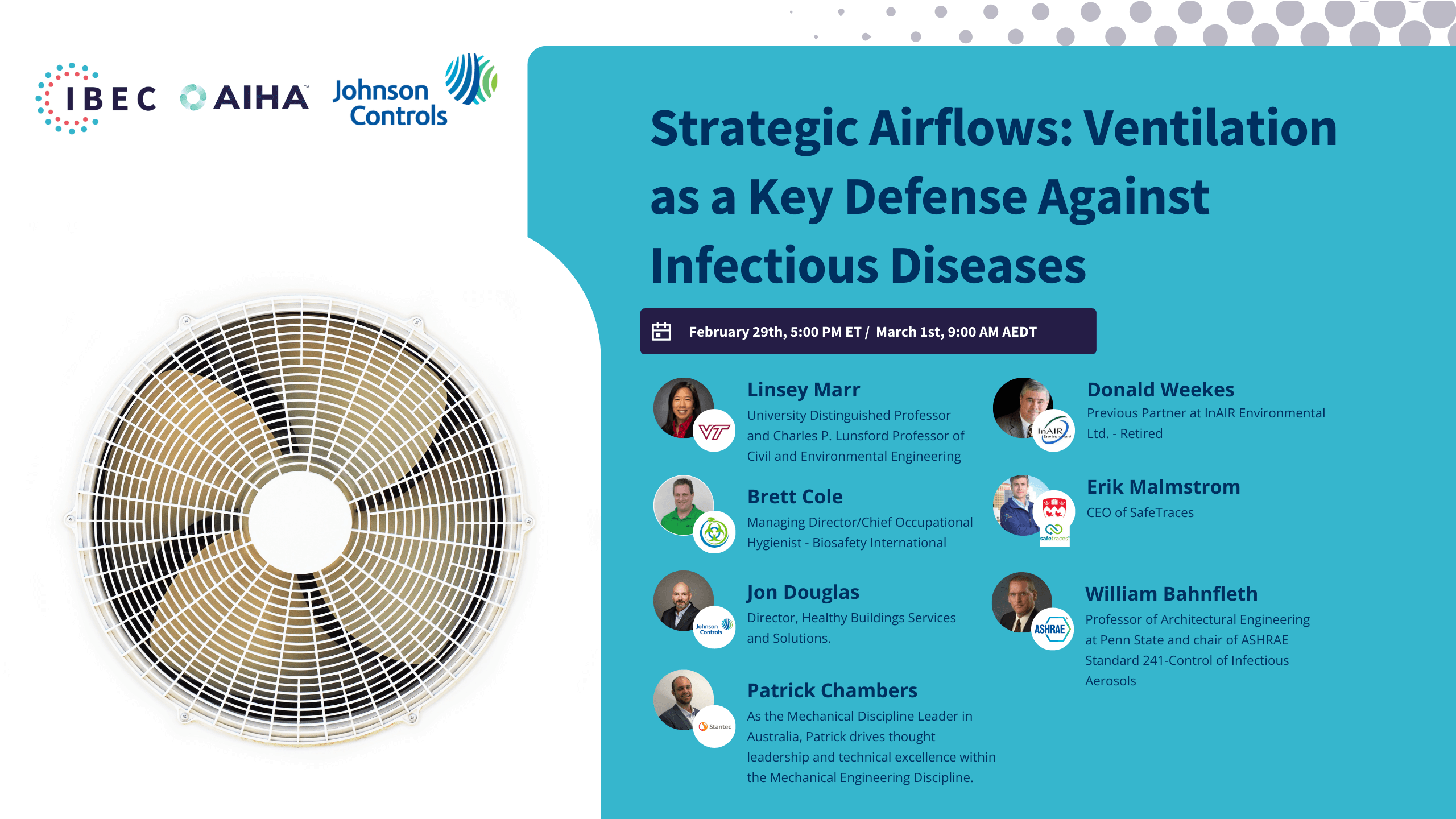
Strategic Airflows: Ventilation as a Key Defense Against Infectious Diseases
About This Session
In the third installment of our four-part CLEAN Lessons Learned series dedicated to indoor air quality (IAQ) and its impact on infectious disease transmission in the built environment, we will spotlight the critical role of ventilation in maintaining healthy indoor environments and its efficacy as a control strategy against infectious diseases.
This session, brought to you by the American Industrial Hygiene Association (AIHA) and Johnson Controls, serves as a vital bridge linking theoretical knowledge to practical application in the field of air quality and infectious disease control.
In this session, we will illuminate the pivotal role of ventilation in maintaining healthy indoor environments and discuss its effectiveness as a tool against spreading infectious diseases. By delving into the nuances of effective ventilation systems, we aim to provide a comprehensive understanding of how these systems can be used strategically in various settings to mitigate the risk of infectious disease transmission.
IBEC and the Commit 2 C.A.R.E program focus on the 4D’s to reduce the spread of airborne infectious disease. These are Distance, Density, Duration, and Dilution. Ventilation dilutes airborne contaminants, including aerosols, the particles that carry a pathogen from an infected to an uninfected person. Adjusting ventilation in our indoor spaces can reduce the long-range spread of airborne disease. This is an important control measure as we face an increasingly diverse range of respiratory infections with high transmissibility carried through the air and our air conditioning systems.
The session will feature a panel of distinguished experts from Virginia Tech University, InAIR Environmental, SafeTraces, Inc., Johnson Controls, and The American Society of Heating, Refrigerating, and Air-Conditioning Engineers (ASHRAE). These panelists bring a wealth of knowledge in air quality, bioengineering, and occupational hygiene, and their insights will be invaluable in guiding our discussions and strategies toward healthier, safer environments.
Sponsors
Keynote Speaker
Linsey Marr
University Distinguished Professor and Charles P. Lunsford Professor of Civil and Environmental Engineering
Moderators
Donald Weekes
Previous Partner at InAIR Environmental Ltd. - Retired
Brett Cole
Managing Director/Chief Occupational Hygienist - Biosafety International
Confirmed Experts
Erik Malmstrom
Chief Executive Officer at SafeTraces, Inc.
Jon Douglas
Director, Healthy Buildings Services and Solutions at Johnson Controls
William Bahnfleth
Professor of Architectural Engineering at Penn State and chair of ASHRAE Standard 241-Control of Infectious Aerosols
Patrick Chambers
Australian Discipline Leader, Mechanical Project Engineer, Associate Director at Stantec
Time to network: Join the social lounge
Enhance your event journey! Enter the event 30 minutes early or linger 30 minutes post-event in our social lounge. Connect with peers, professionals, and speakers. Engage in insightful discussions, share perspectives, and foster new relationships. Your opportunity to connect awaits.
Did you miss part one? You’ve got a second chance.
The first session of the series was titled "Indoor Air Quality as a Public Health Strategy to Reduce the Risk of Infectious Disease Transmission in the Built Environment." This event brought together representatives from well-recognized organizations such as AIHA, the American Society of Heating, Refrigerating and Air-Conditioning Engineers (ASHRAE), Johns Hopkins University, and Harvard University. The keynote speaker for this session was James Frederick, Deputy Assistant Secretary of Labor for the Occupational Safety and Health Administration (OSHA). With more than 200 registered participants, the session struck a chord within the community, making for a powerful start to the series.
The second session of the series was titled “Unraveling Infectious Disease Transmission in the Built Environment.” This event brought together representatives from well-recognized organizations such as the National Institute for Occupational Safety and Health (NIOSH), Biosafety International, the National Strategic Research Institute at the University of Nebraska (NSRI), the University of Nebraska Medical Center (UNMC), and the Bioengineering Department at McGill University. With more than 130 registered participants, the session was a powerful second installment to the series.


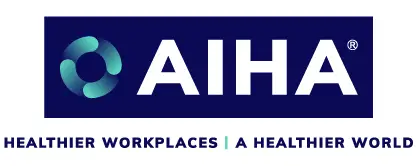

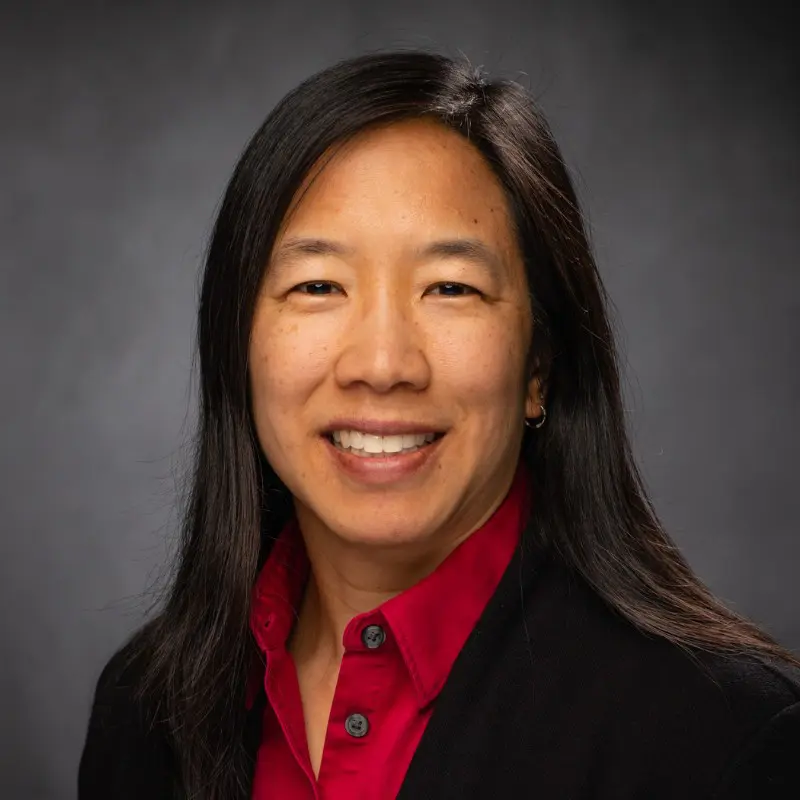


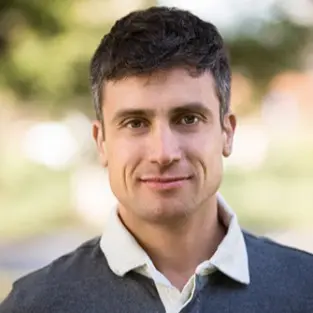
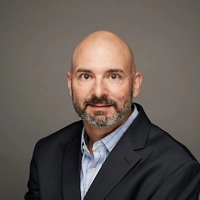

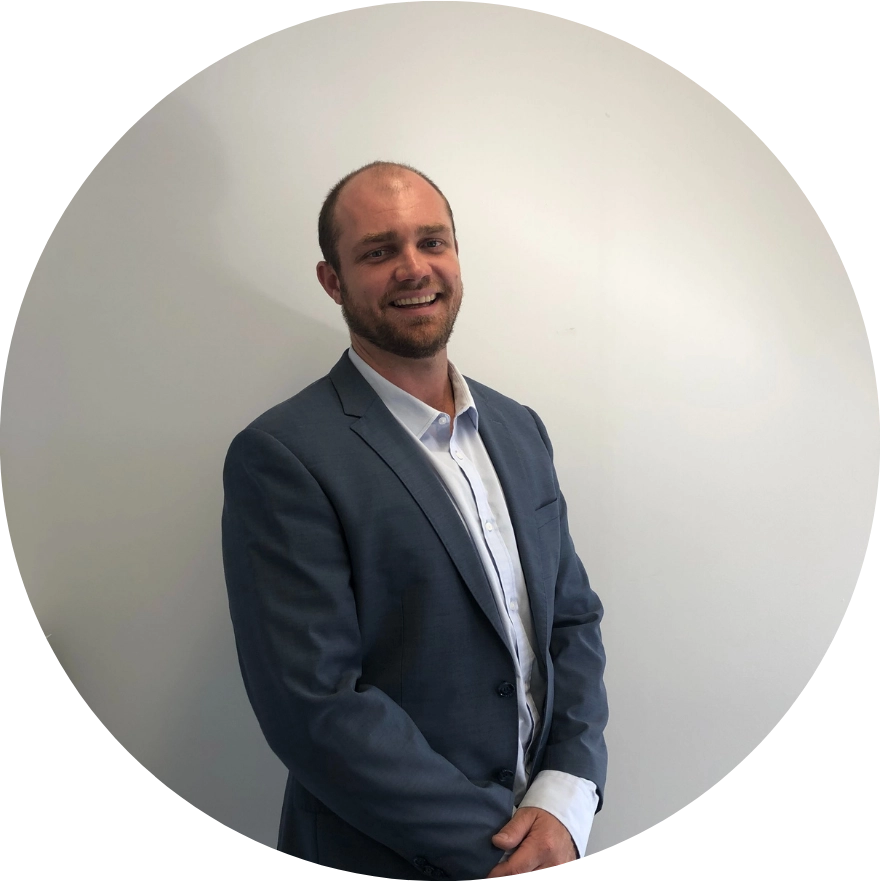
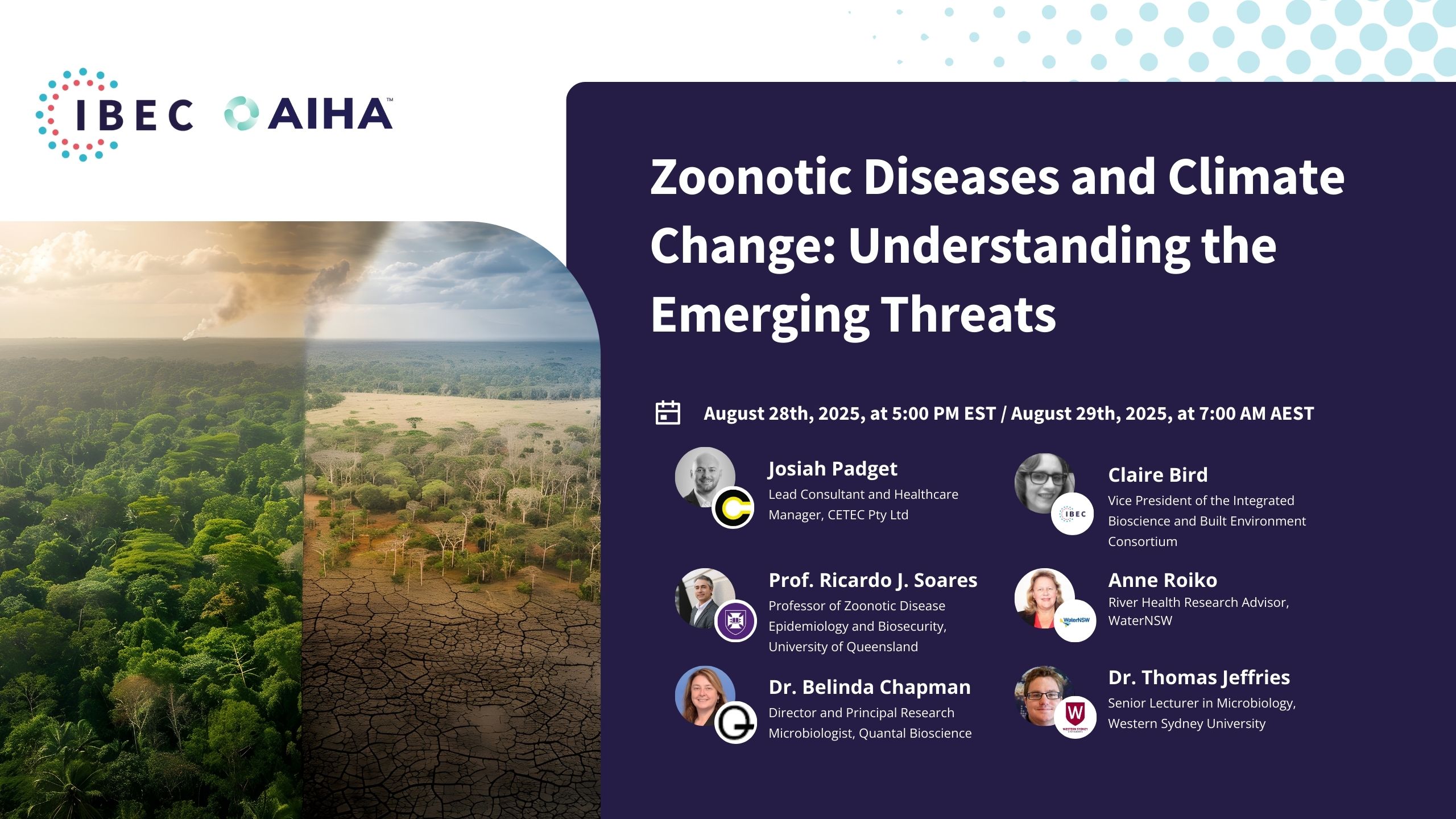
Recent Comments